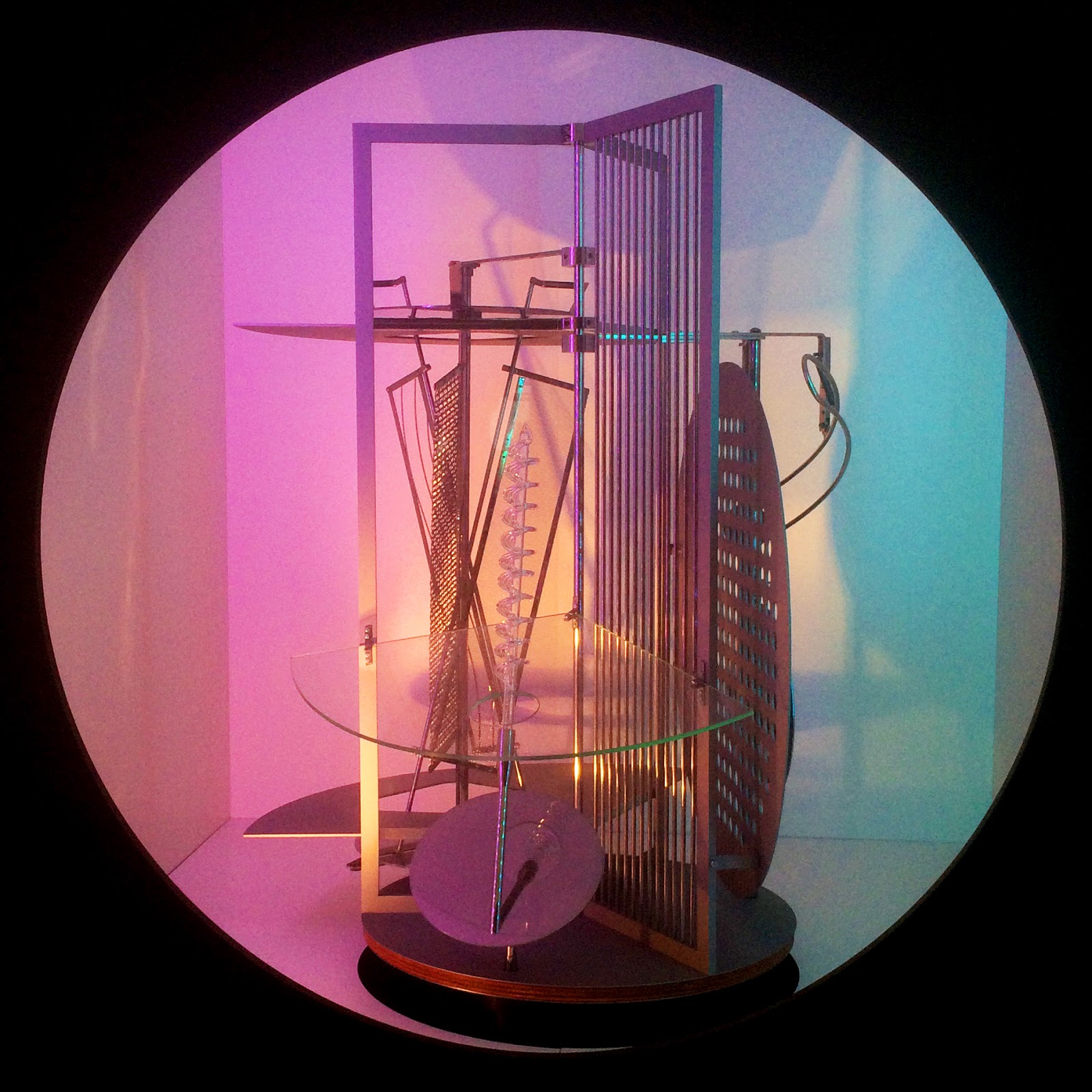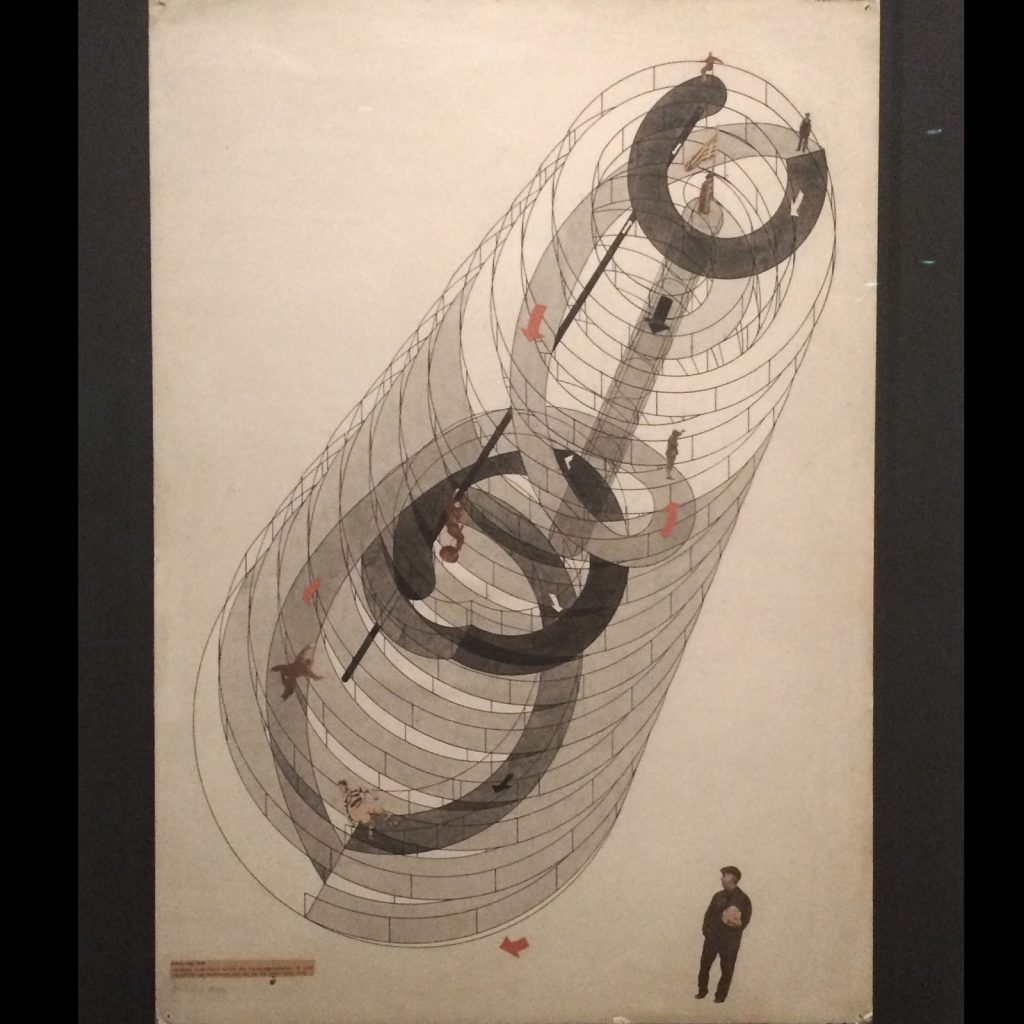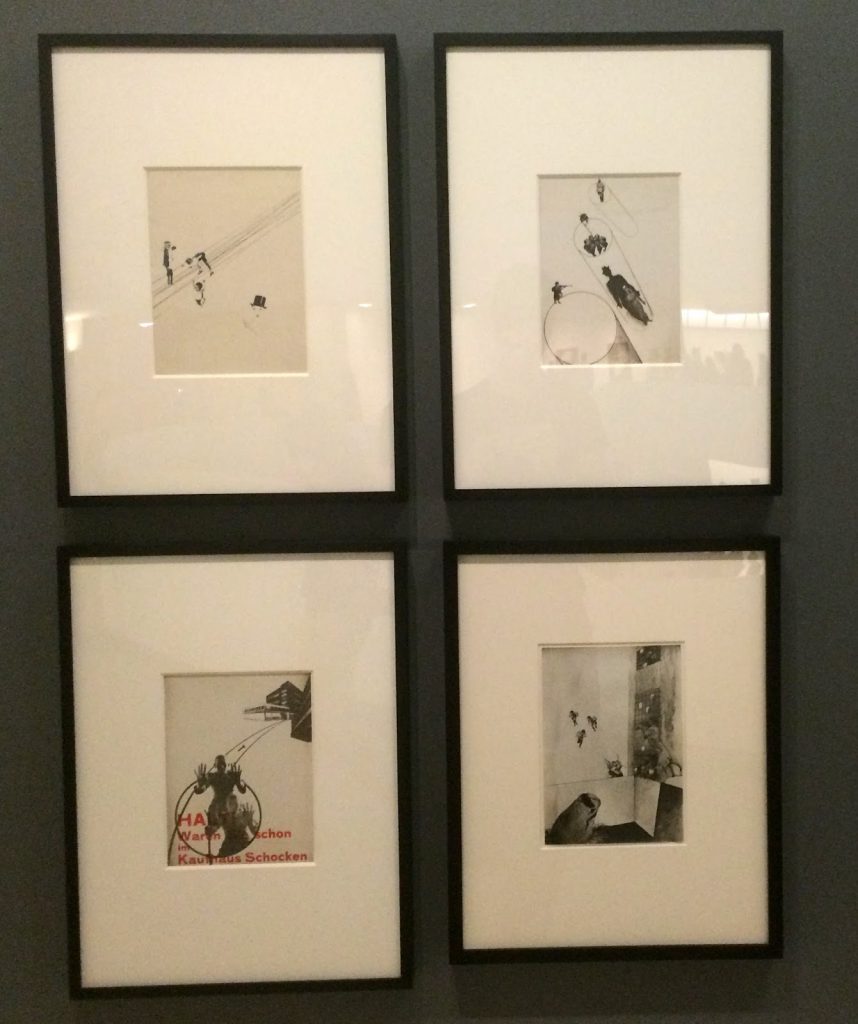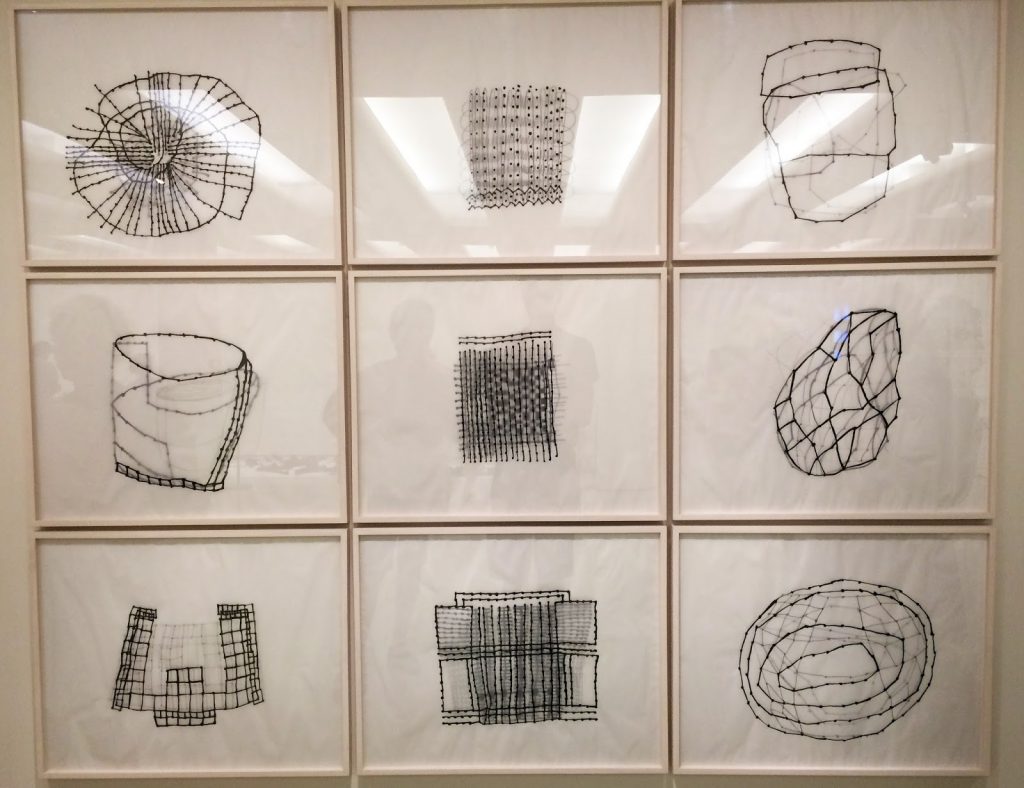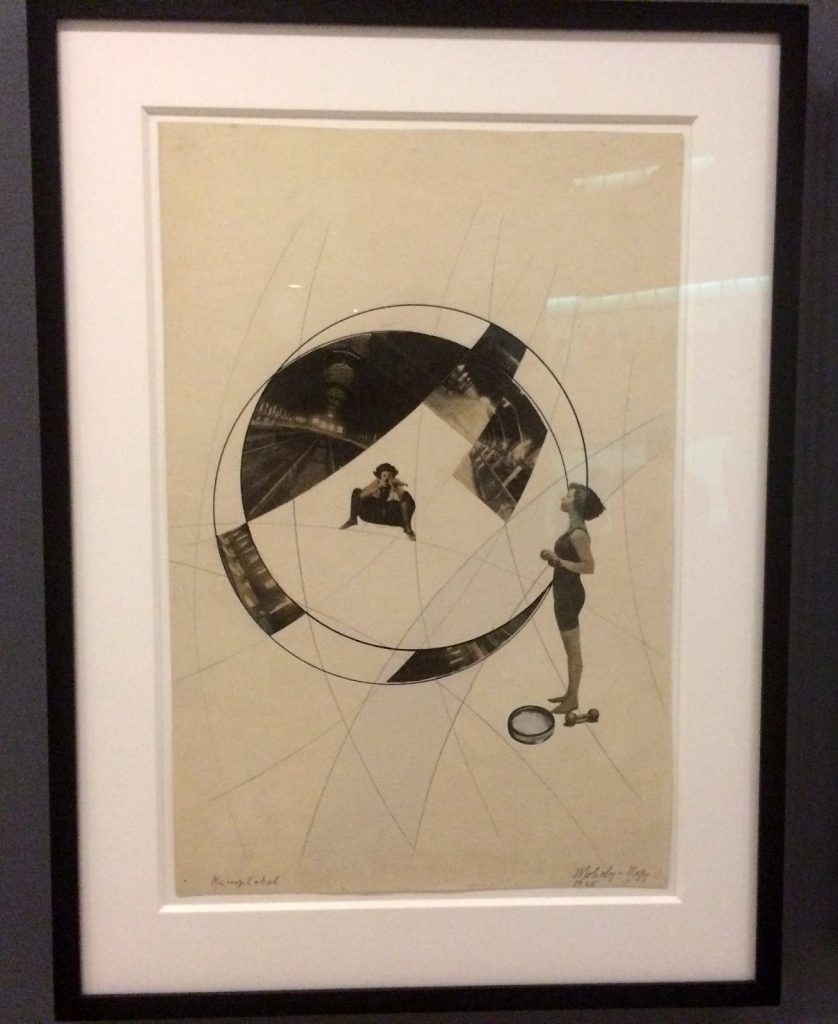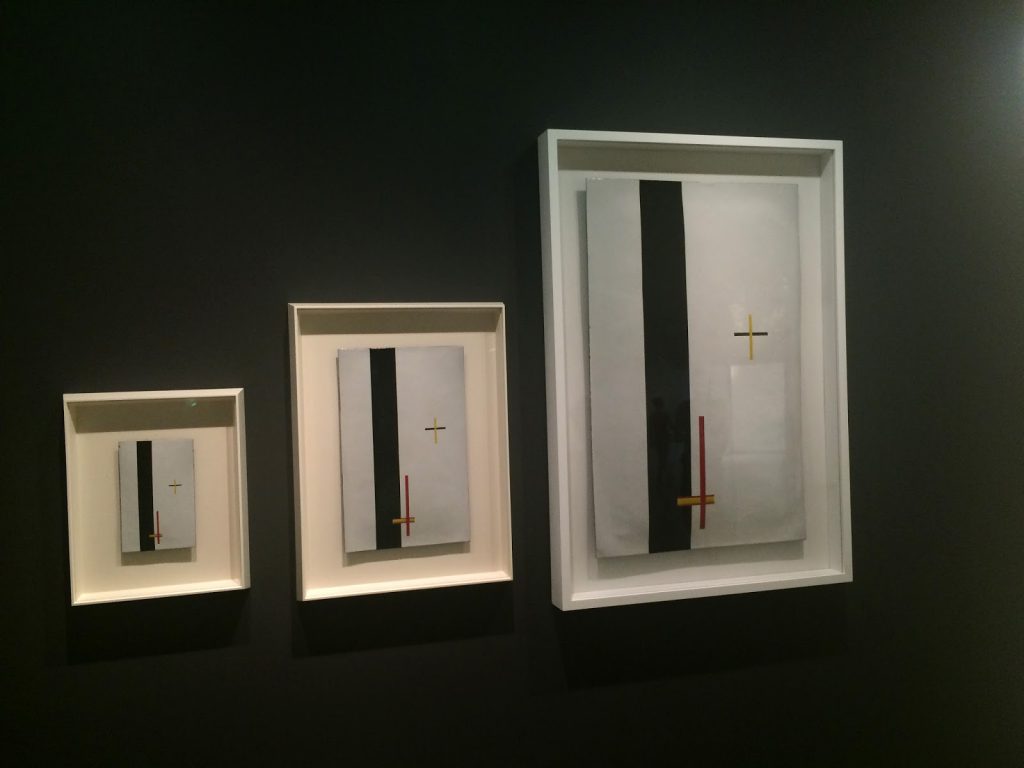Before it finishes the exhibition of Moholy’Nagy at the Guggenheim Museum of New York, we wated to bring some of his workd exposed it. Moholy-Nagy was one of the most prolific artists of the XX Century. His work opened new research paths that are still present and overcame the boundaries of art for, in many cases, enter into the architectural field.
Antes de que finalice la exposición de Moholy-Nagy en el Museo Guggenheim de Nueva York queríamos algunas de sus obras expuestas en esta muestra. Moholy-Nagy fue uno de los artistas del Siglo XX más prolíficos. Sus obras abrieron nuevas líneas de investigación que siguen presentes actualmente y que sobrepasaron los límites del arte para en muchos de los casos entrar en el campo arquitectónico.
László Moholy-Nagy (b. 1895, Borsód, Austria-Hungary; d. 1946, Chicago) believed in the potential of art as a vehicle for social transformation, working hand in hand with technology for the betterment of humanity. A restless innovator, Moholy-Nagy experimented with a wide variety of mediums, moving fluidly between the fine and applied arts in pursuit of his quest to illuminate the interrelatedness of life, art, and technology. An artist, educator, and writer who defied categorization, he expressed his theories in numerous influential writings that continue to inspire artists and designers today. Walter Gropius invited him to join the faculty at the Bauhaus school of art and design, where Moholy-Nagy taught in Weimar and Dessau in the 1920s. In 1937, he was appointed to head the New Bauhaus in Chicago; he later opened his own School of Design there (subsequently renamed the Institute of Design), which today is part of the Illinois Institute of Technology.
László Moholy-Nagy (1895, Borsód, Austria-Hungary – 1946, Chicago) creía en el potencial del arte como motor para una transformación social que vendría acompañado de la tecnología y mejoraría la propia humanidad. Moholy-Nagy fue un innovador incansable que experimento con una gran variedad de medios en busca de la relación entre la vida, el arte y la tecnología. Fue un artista, educador y escritor que desafió los lñimites del arte y que, hoy en día, continúa inspirando a artistas y diseñadores. En la decada de 1920, fue invitado por Walter Gropius para trabajar como profesor en la Escuela Bauhaus y en 1937 se convirtió en el director de la Nueva Bauhaus en Chicago. Más adelante abriría su propia escuela de diseño (Institue of Design) que acabó perteneciendo al Illinois Institute of Technology.
More info at the website of Guggenheim Museum | Más información en la página web del Museo Guggenheim.
All images by Hidden Architecture
